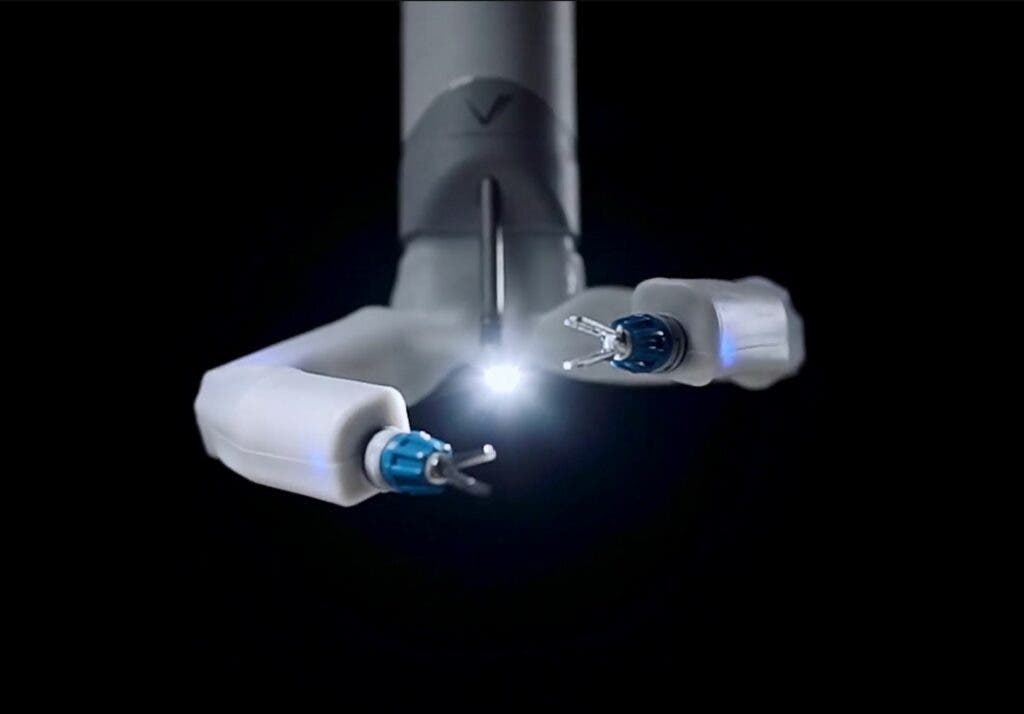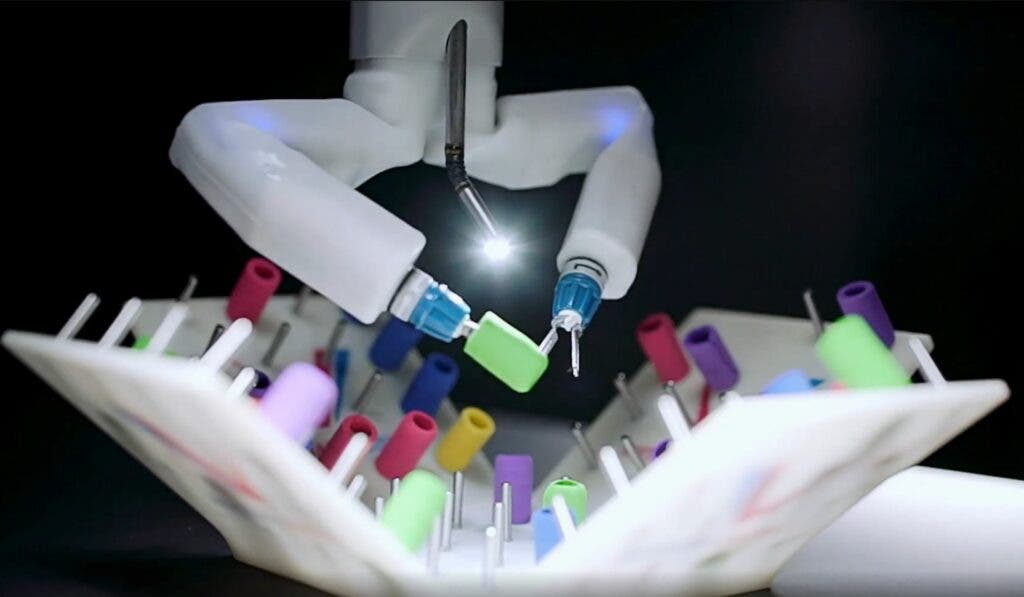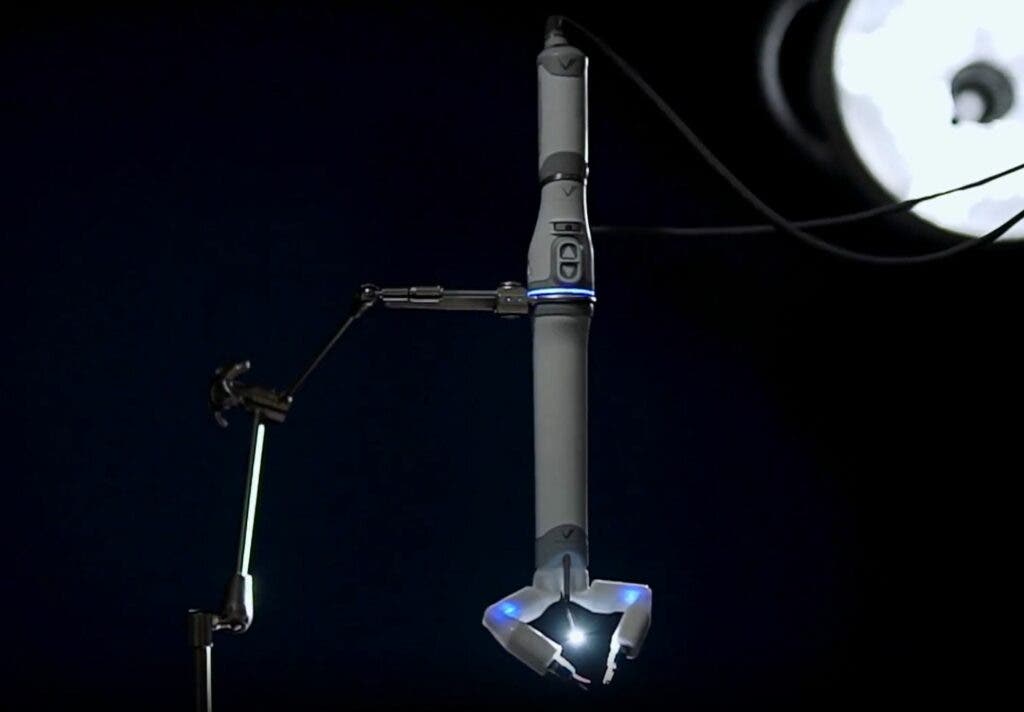NASA is planning to deploy a robot surgeon at the International Space Station (ISS) by 2024. The robot is called MIRA (miniaturized in vivo robotic assistant) and its creators claim that Mira is capable of performing surgeries on its own and if required, it can also be controlled remotely. Such a device could allow doctors on Earth to perform surgical operations on astronauts in space while controlling the device remotely, possibly using radio signals.

However, before performing surgical operations on humans, MIRA will have to pass several tests on the ISS involving non-living objects. These tests will help MIRA learn to perform surgeries precisely in low-gravity conditions, which can be quite the challenge. It is believed that in the future, MIRA could play an important role in helping out astronauts who face medical emergencies on the moon and Mars or during long-distance space travel.
This advanced surgical robot is developed by Shane Farritor, co-founder and Chief Technical Officer at Virtual Incision Corporation. The company has received a special grant from NASA to prepare MIRA for a journey to ISS in 2024.
“Working with NASA aboard the space station will test how MIRA can make surgery accessible in even the most faraway places,” said John Murphy, Virtual Incision CEO.
Why do astronauts need a robot surgeon?
The journey from ISS to Earth can be completed in six hours. Considering the already available stock of medicines and related supplies on the ISS, this may sound like a manageable duration for many of the medical emergency cases occurring there. But if an astronaut gets badly injured on the moon and is required to be admitted to a hospital on Earth, they’d have to wait for three days. In this case, also, it is possible that the astronaut survives with the medical supplies available in his or her space capsule.

However, if an astronaut faces a medical emergency on Mars, it would take at least nine months for them to return to Earth. This clearly means that if an astronaut requires immediate medical support on a distant planet like Mars, most likely he or she will succumb to death by the time help arrives. Although space capsules are equipped with adequate medical supplies and astronaut teams include doctors who are well-trained to deal with several medical emergencies, still they can not be prepared for everything that comes their way.
For instance, imagine a group of astronauts climbing on a small rocky mountain on Mars and suddenly one of them slips and injures his spinal cord. He suffers from backbone injury and nerve damage. The team has a doctor who is an orthopedics expert, he will deal with the backbone injury but then, who will prescribe treatment for the nerve damage.
Obviously, it is not practical to send all kinds of doctors with astronauts on every space mission. Therefore, the best strategy to deal with medical emergencies is to have a robot surgeon that could perform all kinds of surgeries. MIRA could achieve this feat as it can be remote controlled in outer space by a surgeon on Earth. So for example, if an astronaut faces both nerve and bone injury on Mars, an orthopedic and a neurosurgeon on Earth can perform surgeries remotely on the injured astronaut as needed using MIRA.

But the robot surgeon could be very useful here on Earth as well.
For now, MIRA won’t perform surgeries on humans at the ISS instead, it will be tested for its ability to perform surgical actions using non-living objects like wires. Farritor suggests that it will take at least 50 years before MIRA attains the ability to perform surgeries 100% autonomously in outer space conditions. However, the technology is already showing its potential during clinical trials.
After receiving safety approval from the FDA, in the coming years, we might see doctors using this robot to perform surgeries remotely on Earth. This remarkable device could make complex surgeries feasible in even remote and rural areas, where there could be a shortage of doctors.


